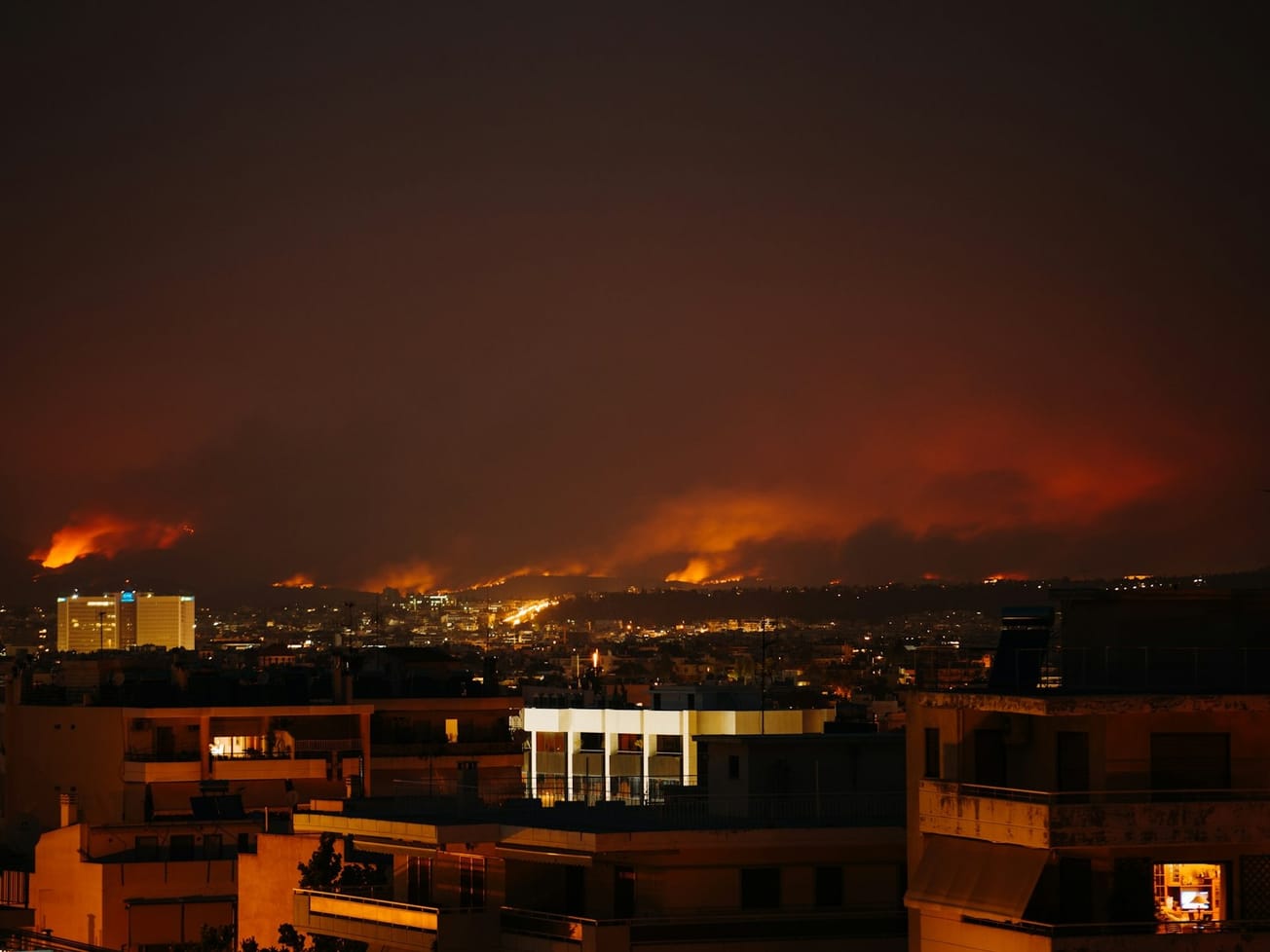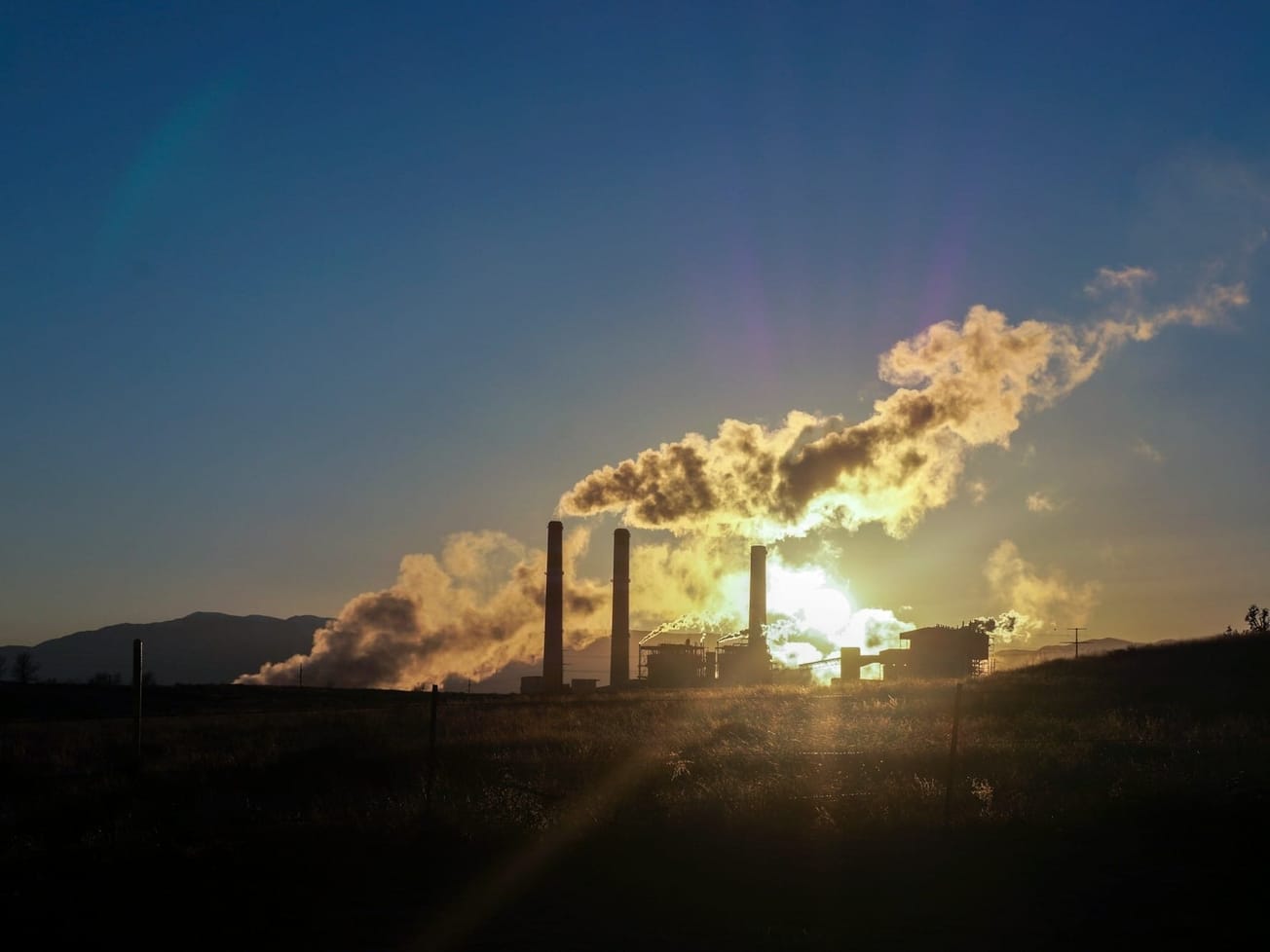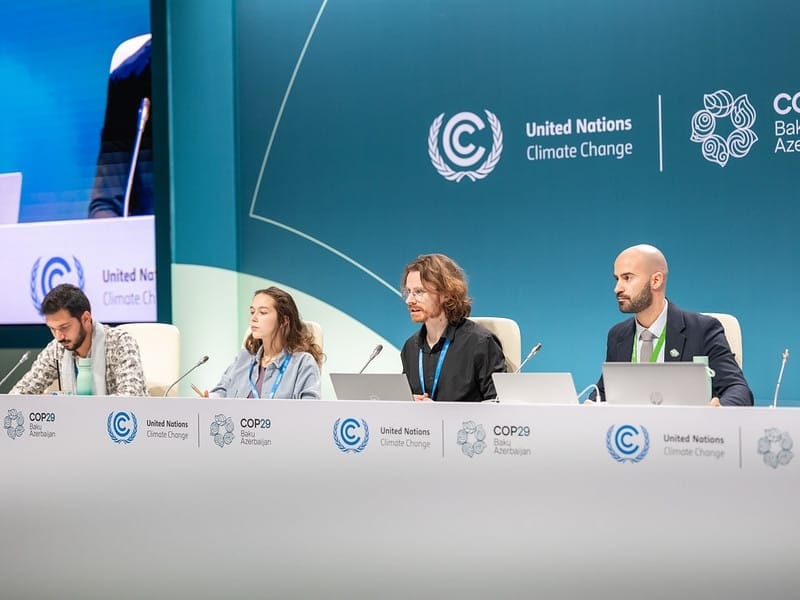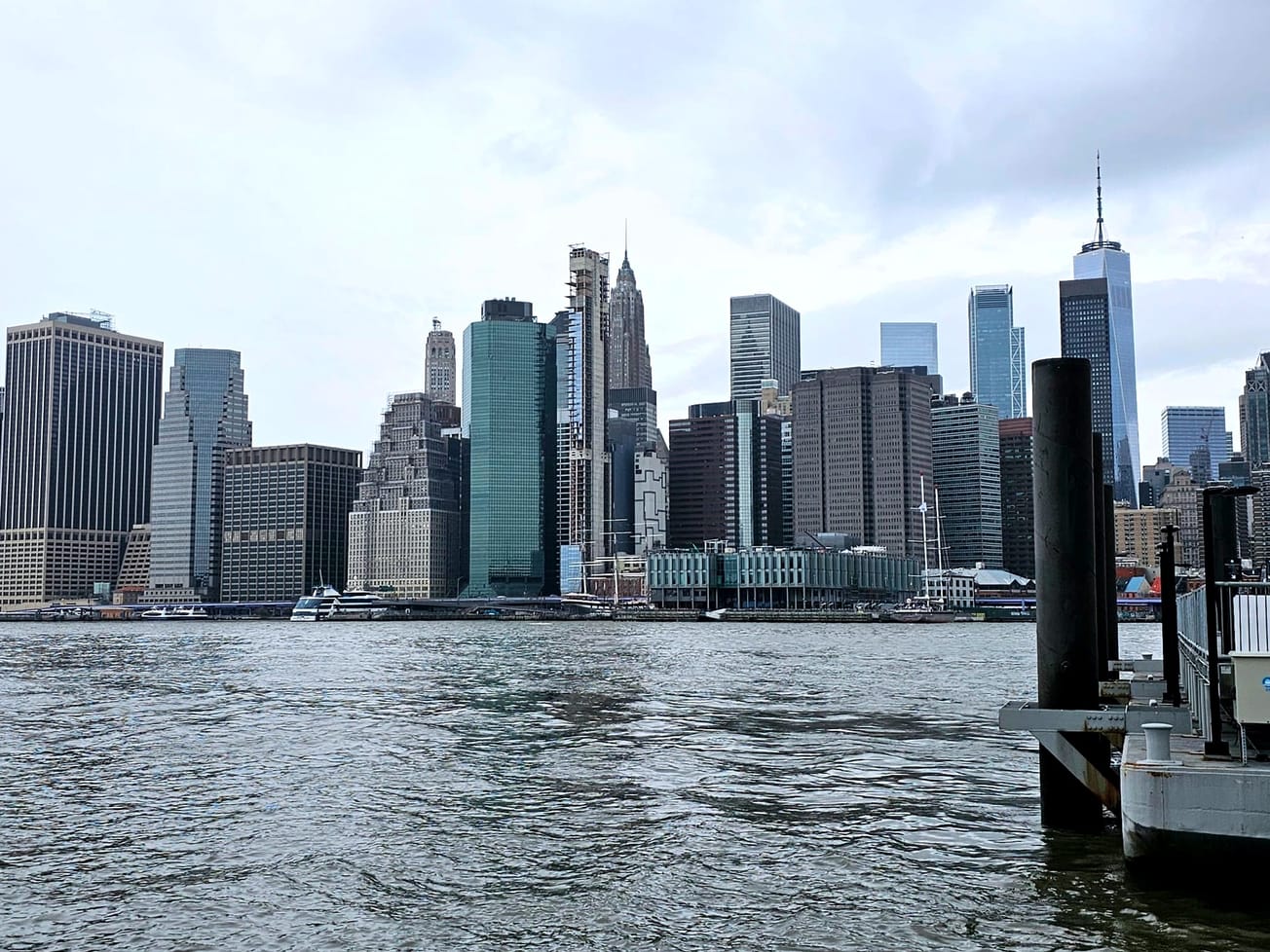In a widely anticipated move, incoming U.S. President Donald Trump unveiled plans to again withdraw the United States from the 2015 Paris Agreement – dealing a serious setback to the fight against global warming.
Trump's Inauguration Day plans to sign as many as 100 executive orders within hours of taking office on Monday included an announcement that he will begin the process of forcing the U.S. to exit from the almost 200-nation climate treaty. The withdrawal process takes a year to complete.
The announcement comes less than two weeks since the World Meteorological Organization confirmed the global average surface temperature in 2024 likely was 1.55° Celsius above pre-industrial levels – the warmest calendar year on record and first to exceed the major climate threshold set under the Paris treaty.
The United Nations-led treaty's main goal is to limit global warming to well below 2° C., with an aspiration to limit the temperature increase to 1.5° above the 1850-1900 average by reducing greenhouse gas emissions.
Without the world’s largest economy in the treaty, it will be far more difficult to mitigate rising temperatures and the resulting increase in extreme weather events around the globe.
U.N. Secretary-General António Guterres' office said in response to reporters' questions about the U.S. withdrawal that the treaty has provided "a meaningful yet flexible framework for action by all countries."
He said it has "unleashed an energy revolution, offering unparalleled opportunities for countries and businesses to invest in renewables that power 21st century jobs and prosperity," and he is "confident" that U.S. cities, states and businesses, plus other countries, will keep pushing for "low-carbon, resilient economic growth."
In his first term as president from Jan. 2017 to Jan. 2021, Trump wasted no time notifying the United Nations in Nov. 2019 — on the first day it was legally possible — that he would withdraw from the Paris agreement.
None of the nations that signed onto the deal, which took effect on Nov. 4, 2016, were able to leave it for the first three years. The United States became the first and only nation to withdraw, but in Jan. 2021 the newly inaugurated U.S. President Joe Biden had the U.S. rejoin the treaty.
Instead of curbing fossil fuel use, as the treaty aims to do, Trump said in his inauguration speech he will declare a “national energy emergency” – even though the U.S. now produces more oil than any other country, even Saudi Arabia and Russia.
He also promised to streamline regulations that “impose undue burdens on energy production and use, including mining and processing of non-fuel minerals," end land and water leasing for wind energy, and reverse Biden's promotion of electric vehicles.
“The inflation crisis was caused by massive overspending and escalating energy prices,” he said in his inaugural address. “That’s why today I will also declare a national energy emergency. We will drill, baby, drill.”









